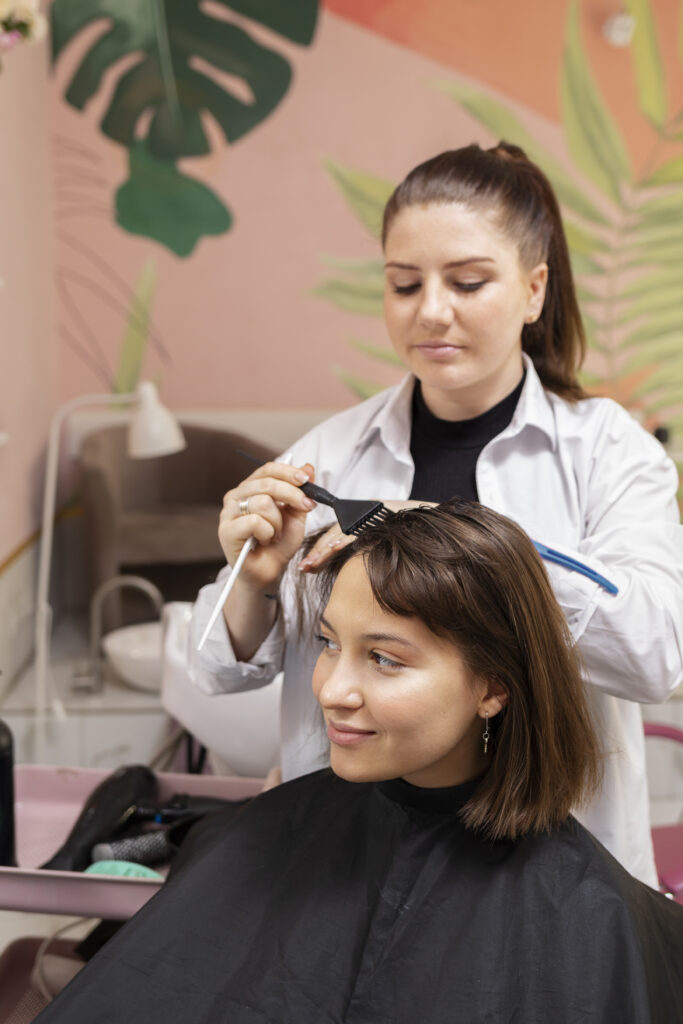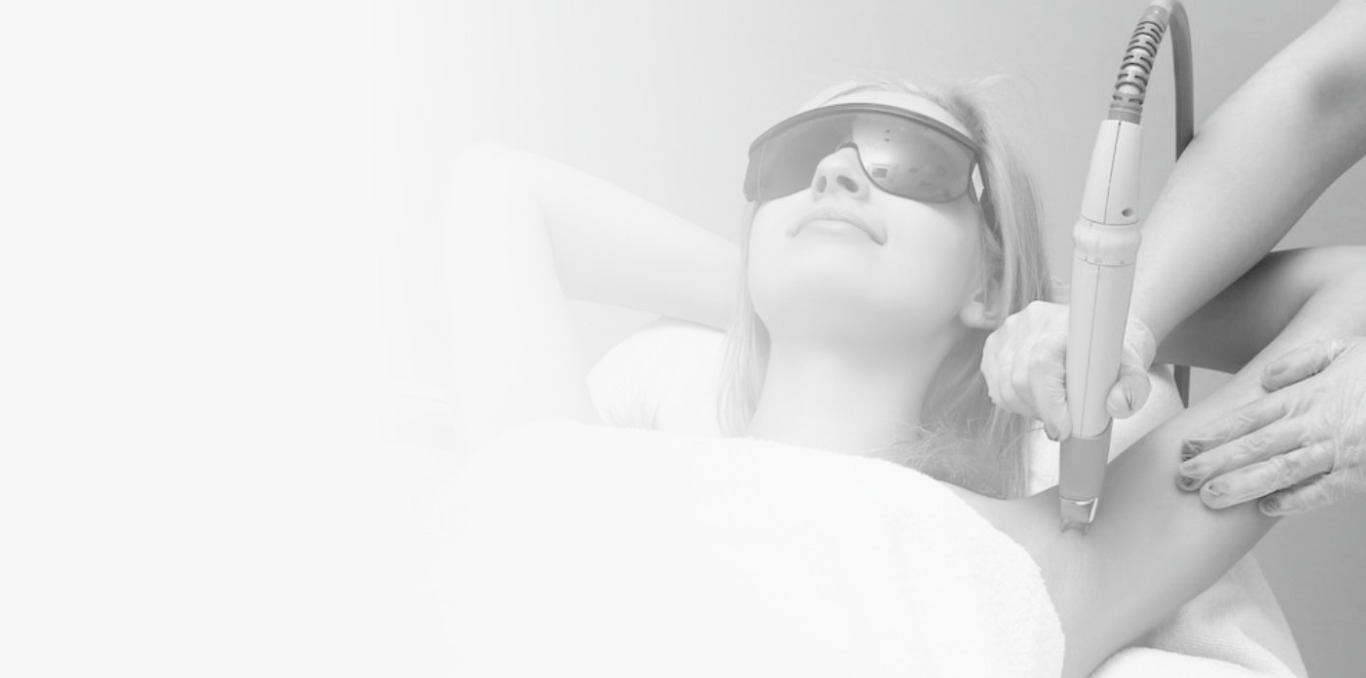Courses
HAIRSTYLING (COSMETOLOGY) -1500 HOURS
Course Details:
This program is a complete study of Hairstyling(Cosmetology) in 1500 hours of both practical and theoretical studies leading to a final written and practical exam for industry standard certification.
The successful graduate will be able to seek employment as a Professional Hairstylist.
Admission Requirements
- Successful completion of British Columbia Grade 12 (or equivalent) or 19 years of age or older
- Proof of English language proficiency (IELTS 4.5 or higher on the academic exam OR TOEFL 65 or higher)
- Government-issued photo ID (passport, drivers licence, or provincial ID card or equivalent)
Program Duration
1500 hours = 20 hours per week for a total of 75 weeks (approximately 18 months) of in-class instruction.
Learning Objectives:
- Project a positive attitude and a sense of personal integrity and self-confidence
- Effective communication skills, visual poise, and proper grooming
- Respect the need to deliver worthy service for value received in an employer-employee relationship
- Perform basic manipulative skills in the areas of men’s hairstyling, hair cutting, clipper work, hot shaves, and current men’s barbering trends
- Perform the basic analytical skills to determine proper hairstyle for the client’s overall image
- Apply learned theory, technical information, and related matter to assure sound judgements, decisions, and procedures
At the end of this program, students will be able to demonstrate a knowledge of management operations in the beauty industry; including professional skills, trends, and methods for career development.
Methods of Evaluation
Students are assigned lesson studies and given a number of practical score sheets (rubrics) for program tasks development. Theory is evaluated after each unit of study. Practical are evaluated as completed through rubrics evaluation sheets, textbook procedures and performance standards established by industry standards competency. Students must maintain a standard of 70% and pass a final written and practical exam to meet the requirements for graduation. Students must makeup failed or missed tests and incomplete assignments.

Program Organization
| S No | Title of Course | Theory Component # of Hours | Practical Experience Component # of Hours |
| 1 | Professional Development | 7 hours | 68 hours |
| 2 | Salon Ecology | 8 hours | 19 hours |
| 3 | Anatomy and Physiology | 17 hours | 20 hours |
| 4 | Electricity | 7 hours | 30 hours |
| 5 | Chemistry | 9 hours | 200 hours |
| 6 | Salon Business | 13 hours | 40 hours |
| 7 | Trichology | 12 hours | 75 hours |
| 8 | Design Decisions | 6 hours | 100 hours |
| 9 | Sculpture | 6 hours | 200 hours |
| 10 | Hair Design | 8 hours | 200 hours |
| 11 | Wigs and Hair Additions | 5 hours | 10 hours |
| 12 | Texture | 6 hours | 100 hours |
| 13 | Colour | 6 hours | 200 hours |
| 14 | Study of Nails | 20 hours | 50 hours |
| 15 | Study of Skin | 18 hours | 40 hours |
Subject Matter Outline (Curriculum)
UNIT 1: THEORY ESSENTIALS
Chapter 1: PROFESSIONAL DEVELOPMENT
Key points in these educational sessions include healthy body and mind, effective communication and human relations.
Chapter 2: SALON ECOLOGY
Microbiology, infection control and firs aid are the main focus during these very important sessions.
Chapter 3: ANATOMY AND PHYSIOLOGY
The building blocks of the human body and the basic body systems lead the way to an understanding of cells, tissues, organs, and eight body systems that include the skeletal, muscular, circulatory, nervous, digestive, excretory, respiratory, endocrine, reproductive, and integumentary systems.
Chapter 4: ELECTRICITY
The vocabulary of electricity, electric current and safety measures are the main content ideas to support electricity in cosmetology. Discussions will include effects of electric current, electrotherapy and light therapy.
Chapter 5: CHEMISTRY
The key points presented in the chemistry session are: matter as it builds to elements and compounds; the pH scale depicting the differences between acid and alkaline properties; and the chemistry of cosmetics pertaining to cosmetic classifications, shampoos, rinses and conditioners, perms, relaxers, curl reformation, hair colour, and product information.
Chapter 6: SALON BUSINESS
An overview of the beauty industry, job search, professional relationships, salon ownership, and salon retailing identify the components that lead to an understanding of salon business.
UNIT 2: HAIR SERVICES
Chapter 7: TRICHOLOGY
Hair theory, hair care and draping, shampooing and scalp massage are the focus of these specialized sessions about the structure and function of hair. The Service Essentials for effective communication with the client, in addition to infection control and safety measures and tools, supplies and equipment are emphasized.
Chapter 8: DESIGN DECISIONS
The design elements and principles used to compose designs and how to use these two Pivot Point philosophies when adapting hair designs to complement different body and face shapes while also using indicators such as proportion, hair, personality, clothing, and lifestyle are presented in this chapter. In addition, important information on how each of the four Service Essentials support effective client communication and decision-making is provided.
Chapter 9: SCULPTURE
Describing the two ways to analyze the structure of a hair sculpture, the four basic sculpted forms and combination forms, the five main sculpting tools and how each is used to sculpt hair and an explanation on the skills needed to create hair sculptures serve as the highlights for the foundational skills of all hair designs.
Chapter 10: HAIR DESIGN
The theoretical foundations for hair design and the primary techniques for wet design, thermal design and long hair design provide the information necessary to create a design based on form, texture, and direction. Included within the chapter are the hair design tools, supplies, equipment, infection control and safety measures and Service Essentials for ensuring client satisfaction.
Chapter 11: WIGS AND HAIR ADDITIONS
The history, composition, colours, construction, essentials, infection control and safety measures, services, hairpieces and hair addition methods provide the core subject matter for sessions on wigs and hair additions.
Chapter 12: TEXTURE
The theory, techniques and procedures for perming and relaxing along with the tools, supplies, equipment, infection control and safety measures and Service Essentials are offered during this chapter in regard to chemically changing straight hair to curly hair and transforming curly hair to straight hair.
Chapter 13: COLOUR
Colour theory supports how to identify existing hair colour and then change existing hair colour utilizing non oxidative and oxidative colours, developers and lighteners as the key ingredients for successful colour designs. In addition tools supplies equipment, infection control and safety measures and Service Essentials are presented to support this popular service offered in the salon.
Chapter 14: THE STUDY OF NAILS
Nail structure, growth, diseases, disorders, conditions, shapes, essentials, infection control and safety, client consultation, natural and artificial nail care are the primary items of discussion for the sessions on the study of nails. Step-by-step practical procedures are offered for a basic manicure, male manicure, basic pedicure, nail tips, tips with acrylic overlay and sculptured nails.
Chapter 15: THE STUDY OF SKIN
An overview of skin theory, skin care, hair removal, and makeup basics make up the Study of Skin. Specifically, skin theory includes functions of the skin, composition of the skin, types of skin, skin diseases and disorders. Skin care includes massage, facial masks, skin care essentials, infection control and safety, skin care service essentials, and basic facials. Hair removal covers hair removal essentials, infection control and safety, hair removal service essentials, temporary hair removal, basic waxing, and permanent hair removal. Makeup is introduced through facial shapes, colour theory, makeup essentials, infection control and safety, makeup service essentials, makeup techniques and products, and basic makeup applications.
This program has been approved by the Private Training Institutions Branch (PTIB) of the Ministry of Advanced Education, Skills & Training.
We’d Love To
Hear From You!







